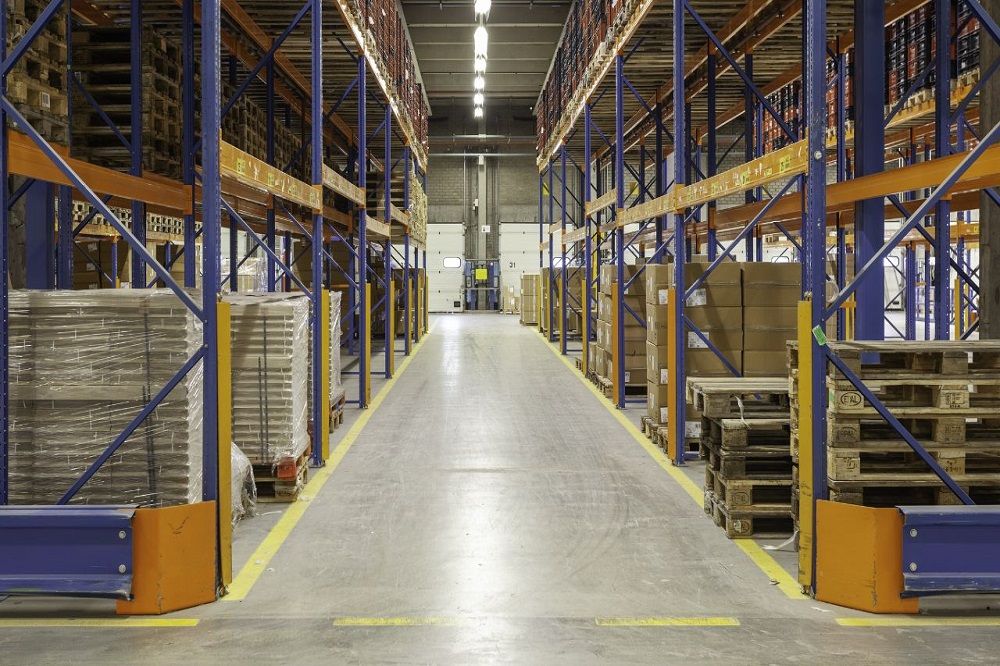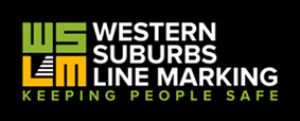
Optimising Warehouse Efficiency with Line Markings
The importance of a well-planned layout cannot be overstated when it comes to maximising efficiency and ensuring safety in warehouses. A key element in organising these spaces effectively is line markings, which play a critical role in streamlining operations, enhancing safety, and maintaining order. Whether planning a new warehouse or looking to improve an existing one, understanding the value of a proper warehouse layout with line markings is essential.
In this blog, we’ll explore the different types of line markings, how they contribute to an efficient warehouse setup, and why they are crucial for ensuring workplace safety.
Why Line Markings are Important for Warehouses
Warehouses are often large, complex environments where multiple activities take place simultaneously. From forklift operations to pedestrian traffic, goods and people are constantly moving. Without a clear and effective layout, the risks of accidents and inefficiencies increase dramatically. This is where line-marking solutions come in.
Line markings help to:
- Define specific zones for storage, machinery, and pedestrian pathways.
- Improve traffic flow for both vehicles and personnel.
- Indicate safety areas, such as emergency exits and first-aid stations.
- Minimise confusion and reduce the risk of accidents.
Types of Line Marking Solutions for Warehouses
Different line marking options can be tailored to fit the unique needs of a warehouse. Selecting the right line marking solutions depends on factors such as the type of material being used, the level of traffic, and the overall goals of the warehouse layout. Below are some common line-marking methods:
1. Painted Line Markings
Painted lines are one of the most traditional and cost-effective solutions for marking warehouse floors. They can be color-coded to signify different zones and pathways. Paint is suitable for low—to medium-traffic areas but may require frequent touch-ups to maintain visibility.
2. Adhesive Tape Markings
Adhesive tape markings are a great option for warehouses requiring flexible layout. They are easy to apply and can be removed or changed as the warehouse's needs evolve. While they may not be as durable as thermoplastic markings, they offer a quick and convenient way to define spaces.
3. Reflective Line Markings
Reflective line markings can significantly enhance safety in poorly lit environments or where visibility is critical. These markings are designed to reflect light, making them visible even in low-light conditions. Reflective markings are particularly useful for emergency exits and pathways that can be accessed quickly.

Creating a Functional Warehouse Layout with Line Markings
A well-thought-out warehouse layout with line markings is essential for enhancing both efficiency and safety. Businesses can create a more organised and productive workspace by carefully planning the placement of these markings. Here’s a step-by-step guide to developing an effective warehouse layout:
1. Assess Your Warehouse Needs
Before applying any line markings, assessing your warehouse's specific needs is important. Consider factors such as the type of goods being stored, the flow of traffic, and the locations of exits and emergency equipment. Conducting a thorough analysis will help you determine the most effective placement of markings.
2. Design Traffic Flow Patterns
Efficient movement is key to a productive warehouse. Use line markings to define clear paths for both pedestrians and vehicles. Ensure that high-traffic areas are wide enough to accommodate forklifts or other machinery and that pedestrian walkways are separated.
3. Establish Storage Zones
By using line markings to define storage zones, you can better utilise the available space in your warehouse. Marking off areas for different types of inventory can reduce confusion and make it easier for employees to locate items quickly. You may also want to colour-code these zones for added clarity.
4. Highlight Safety Areas
Safety is a top priority in any warehouse, and line markings are crucial in maintaining it. Emergency exits, first-aid stations, and fire extinguishers are marked and easily accessible. Consider using reflective markings in these areas to ensure visibility at all times.
5. Implement a Regular Maintenance Plan
Once your line markings are in place, it’s important to maintain them regularly. Over time, markings can fade or become damaged, especially in high-traffic areas. Develop a maintenance plan to ensure that lines remain visible and functional. This may include periodic repainting or replacing adhesive markings as needed.
The Role of Line Marking Solutions in Warehouse Safety
Safety in warehouses goes beyond simply having the right equipment and training. Clear and visible line markings keep workers safe from potential hazards. For example, marked pathways prevent pedestrians from walking into vehicle lanes, and clearly defined loading zones minimise the risk of accidents when moving heavy loads.

Additionally, line markings can remind workers to follow safety protocols, such as wearing personal protective equipment (PPE) or maintaining safe distances from machinery. By investing in comprehensive line marking solutions, businesses can significantly reduce the likelihood of workplace injuries and improve overall operational safety.
Benefits of Professional Line Marking Services
While it may seem simple, applying line markings requires precision and expertise to ensure long-lasting and effective results. Professional line marking services offer several advantages:
- Expert Knowledge: Professionals understand the different types of markings and can recommend the best solution for your warehouse environment.
- Precision Application: Professional installers ensure that markings are applied accurately, avoiding uneven or poorly spaced lines.
- Compliance with Regulations: Warehouses must comply with various safety regulations, and professionals ensure that your layout meets these standards.
- Durability: Using high-quality materials and techniques, professionals provide durable markings that can withstand heavy use.
Conclusion
In conclusion, implementing a well-designed warehouse layout with line markings is crucial for enhancing efficiency, safety, and overall productivity. By using the right combination of line marking solutions, businesses can ensure that their warehouses operate smoothly while minimising the risk of accidents. Regular maintenance and professional installation further improve the durability and effectiveness of these markings.
Western Suburbs Line Marking offers tailored solutions that meet your specific needs, ensuring a safer and more efficient working environment for businesses looking to optimise their warehouse operations.
Contact
Services
